
Cradle cap is a common skin condition that affects scalp in newborns. Cradle cap is characterized by yellow, greasy, scaly patches on the scalp of babies. This skin condition typically appears in the first three months of the baby’s life and may last for few weeks or months. However, cradle cap may also develop in young children up to age two. There is no specific treatment for cradle cap but it may be prevented by gently washing the baby’s hair and scalp.
Causes of Cradle Cap
Cradle cap is a form of seborrheic dermatitis. The exact case of cradle cap is not clear but it is believed to be due to overactive oil glands in the skin known as sebaceous glands. These glands secrete greasy substance called sebum which traps dead skin cells leading to cradle cap. Sebaceous glands are believed to be overactive due to maternal hormones in a baby’s circulation. A yeast infection is also believed to play the part in development of cradle cap.
Cradle cap is not contagious and does not develop as a result of poor hygiene. Babies with cradle cap usually have family history of allergic conditions such as asthma and eczema. Also, babies affected by cradle cap may develop other forms of seborrhoeic dermatitis later in life.
Signs of Cradle Cap
Cradle cap does not cause any discomfort. The condition is recognized by greasy yellow patches on the scalp, reddening of the skin, skin scales or flakes (dandruff) and thick yellow crusts on the scalp. Hair loss may also occur when the patch falls off or is removed.
It is important to avoid excessive scratching of the baby’s scalp as it may cause development of an infection. Cradle cap typically begins on the scalp and spreads behind the ears. However, it may cover different body areas such as the nappy area (groin), nose, eyelids, armpits and backs of the knees. If it appears in these places it is known as seborrhoeic eczema (dermatitis). Treatment for Cradle Cap
Cradle cap does not require specific treatment and generally disappears on its own. But, gentle washing of the baby’s hair and scalp helps to prevent its development.
To loosen the flakes, the baby’s scalp should be massaged with baby oil, olive oil or petroleum jelly at night. The next morning, the hair should be washed with a baby shampoo. While washing the hair, use soft brush to remove the crusts.
If an infection develops, a doctor may prescribe a course of antibiotics or an antifungal cream or a shampoo. Inflamed rash can be treated with a mild steroid cream such as Hydrocortisone.




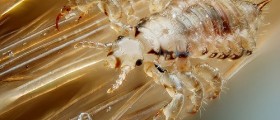

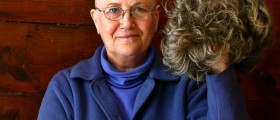
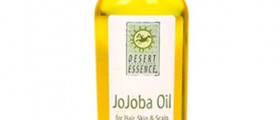
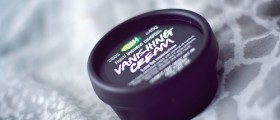
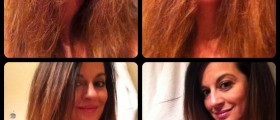
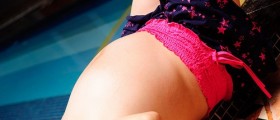
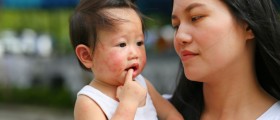


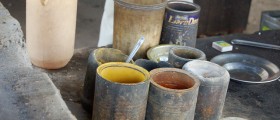
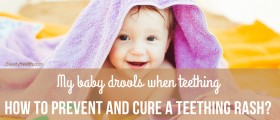
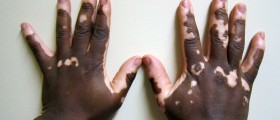
Your thoughts on this
Loading...